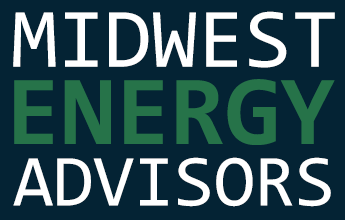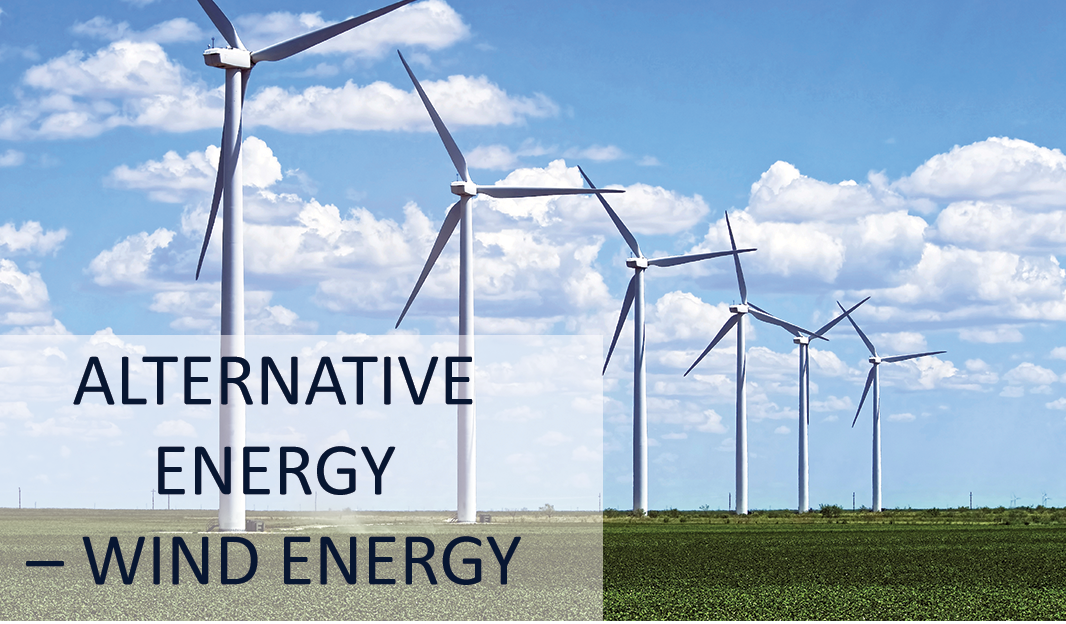As the shift to alternative sources of energy continues to be a topic of utmost relevance, investments in wind energy have become increasingly prevalent. The American Wind Energy Association reports that over 45,000 wind turbines have been installed in the United States. Today, U.S. wind power capacity represents more than 20 % of the world’s installed wind power. Reasonably estimating your risk when becoming involved in a wind project will allow you to mitigate it and successfully protect your investment. Fundamentally, wind energy is an intermittent resource, and its output must be carefully coordinated so as not to disrupt surrounding grid function.
The American Wind Energy Association reports that over 45,000 wind turbines have been installed in the United States. Today, U.S. wind power capacity represents more than 20 % of the world’s installed wind power. While the energy source receives a plenty of attention, it also entails a complicated combination of risks, both commercial and financial. If you are considering wind farms as a potential investment, take the following factors into account to ensure that you have an ample risk management plan for this complex and largely unexplored territory.
Estimating
Needless to say, wind turbines are a substantial investment with the potential for huge losses. Reasonably estimating your risk when becoming involved in a wind project will allow you to mitigate it and successfully protect your investment.
Risks During Construction
Generally assumed by the builder, the distinct risks faced for wind farms during their construction include the following:
- Cost overrun
- Delays.
- Start-up and testing problems.
- Contract and payment defaults.
- Hidden defects.
- Force majeure (catastrophic event).
These risks can be mitigated using contractual agreements and associated guarantees, contingency funds, and lines of credit and insurance coverage.
Risks During Operation
In general, the greatest drivers of exposure facing wind farms are property and equipment breakdown. Contractual arrangements, contingency reserves, cash traps, insurance coverage and other risk compensation devices are used to mitigate risk.
- Operating efficiency problems.
- Routine operation and maintenance problems.
- Major operation and maintenance problems.
- Fall in market demand or pricing.
- Input availability.
- Force majeure (catastrophic event).
Considerable losses can be sustained when dealing with wind turbines– a total blade failure can lead to a claim ranging from $150,000 to $500,000, considering the cost of the crane, crew and materials. Depending on the size of the wind farm, a single event could have a large impact on your insurance deductible.
Other Considerations
Dramatic recent growth within this sector suggests that wind projects can be profitable endeavors, but the general lack of experience by sponsors, insurers and operators creates an especially uncertain position for an investor. Essentially, wind energy is an intermittent resource, and its output must be carefully coordinated so as not to disrupt surrounding grid function. Wind projects are not competitive with least-cost alternatives in most markets, meaning some price-support mechanism is usually required.
Support in Your Endeavor
To discuss your risk transfer options when operating a wind and planning farm, contact the insurance professionals at The Campbell Group, who will be able to assist you in assessing your unique risks and needs at every stage of the project and secure the appropriate coverage.

Adam B. Maas
Commercial Risk Manager
Adam joined The Larkin Group in 2012. Adam grew up in the Electrical Utility industry, and worked for a Hydro Electric Facility and Utility for 5 years throughout college.
231-947-8800 ext 143

